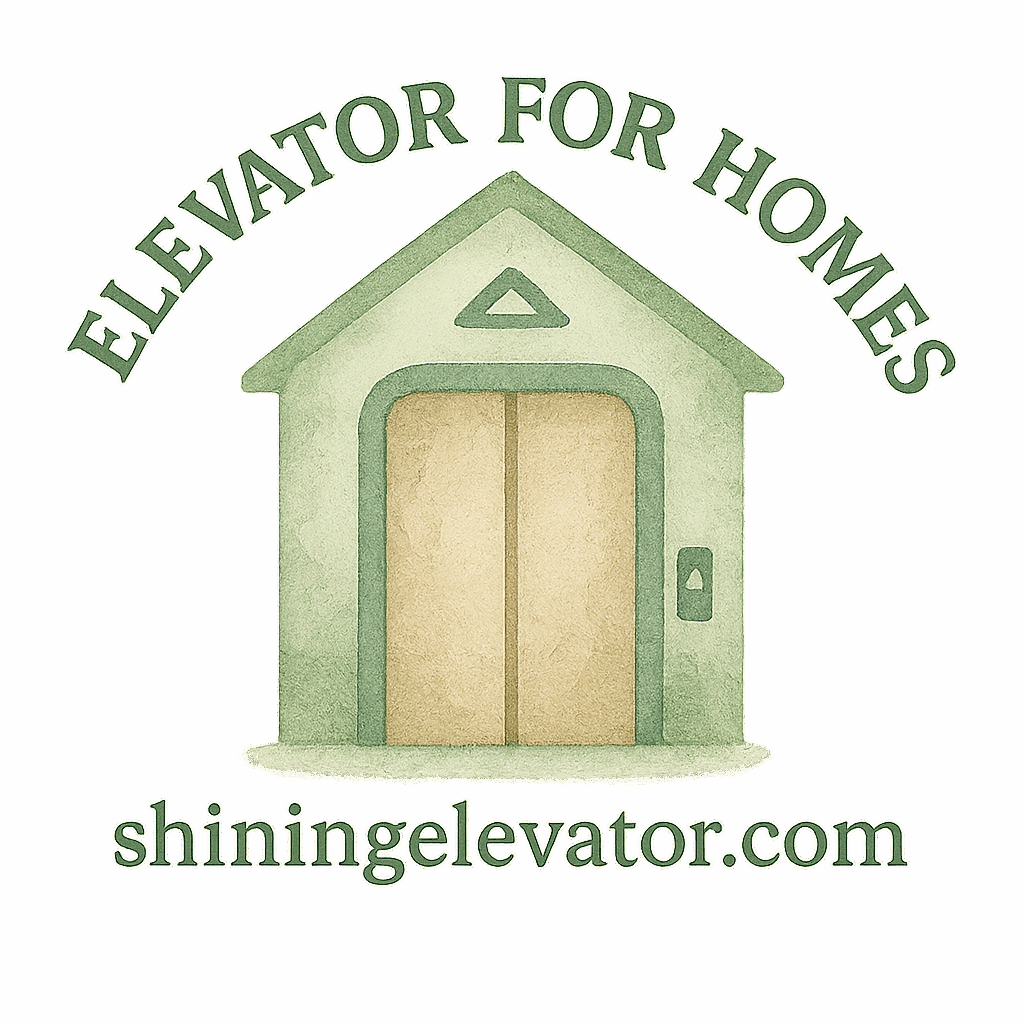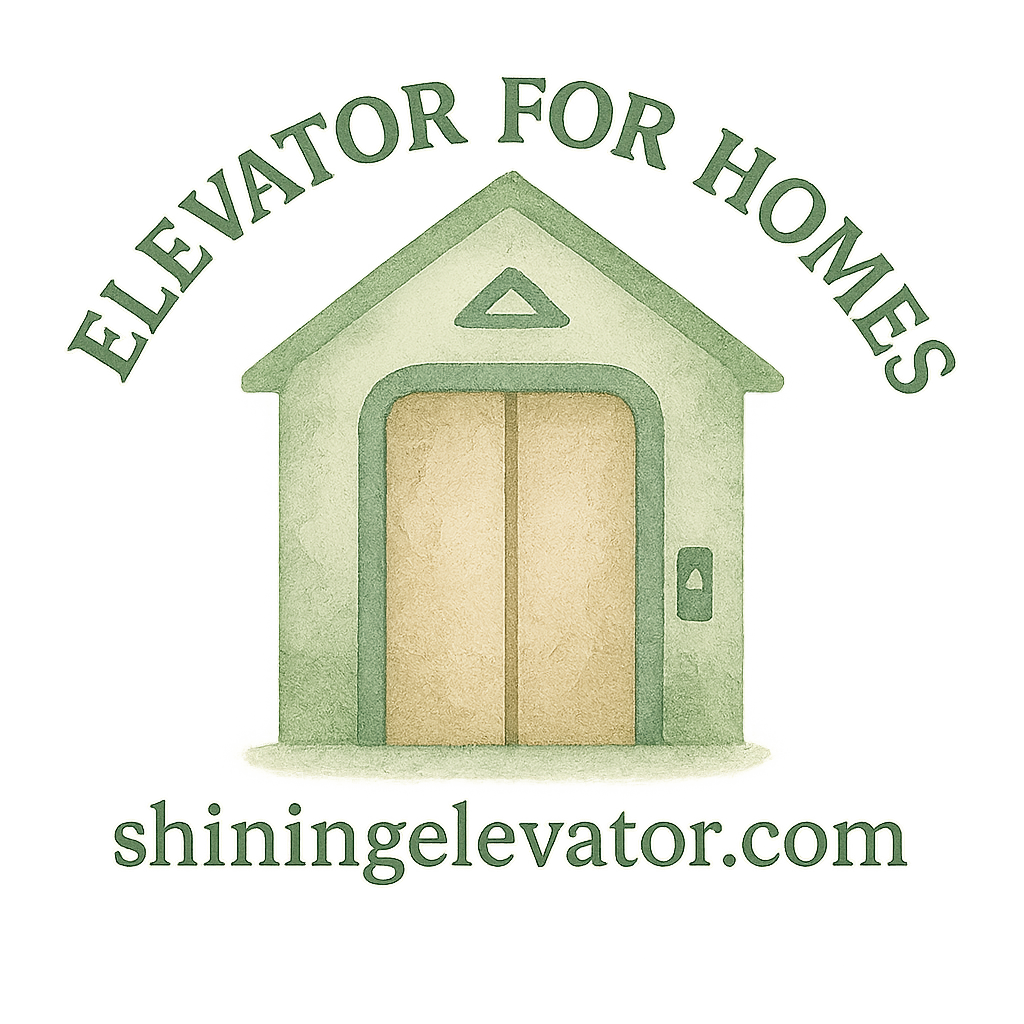So, you’re thinking about installing a home elevator? Whether it’s for convenience, accessibility, or adding a luxurious edge to your home—choosing the right one means understanding what actually matters. Let’s break it down.
Why More Homeowners Are Installing Elevators
Home elevators aren’t just for mansions anymore. With the rise in multigenerational living, aging-in-place strategies, and a stronger focus on home accessibility, more families are choosing to install compact, stylish elevators that meet their needs and budgets.
Feature #1: Compact Design for Space-Saving Homes
How Small Elevators Fit Modern Lifestyles
Not every house has endless square footage. That’s where a small home elevator comes in. These are engineered to fit tight spaces without sacrificing functionality. Think of it like fitting a full-service lift in a closet-sized nook—pretty brilliant, right?
Best Compact Elevator Choices
If your home’s tight on space, check out our compact elevator options that still offer smooth rides, great capacity, and energy efficiency. You’ll want a design that tucks into corners or shafts with minimal structural changes.
Feature #2: Customizable Interior Design
Matching Your Home’s Aesthetic
An elevator should feel like part of your home—not a clunky, commercial afterthought. That’s why many homeowners go for elevator customization options like wood paneling, glass walls, or LED-lit controls that match their vibe.
Luxury Look vs. Minimalist Approach
Whether you prefer a luxury look with gold accents or a clean, minimalist aesthetic, interior design matters. Dive into more design and customization tips to create a seamless match for your home’s theme.
Feature #3: Smooth & Quiet Operation
Why Noise Matters
Nobody wants their elevator sounding like a freight train every time it moves. That’s why choosing one with quiet, smooth operation is non-negotiable. Especially important if bedrooms are nearby!
Advanced Technology for Seamless Rides
Modern residential elevators are equipped with whisper-quiet motors and vibration control. Brands that prioritize ride quality often offer better longevity and require less maintenance.

Feature #4: Safety & Accessibility Standards
Elderly-Friendly and Aging-in-Place Benefits
For seniors or people with mobility issues, safety isn’t just a feature—it’s essential. Features like auto-leveling, emergency brakes, and easy controls help improve senior safety and allow residents to age in place gracefully.
Emergency Systems & Locking Mechanisms
Look for systems that include backup power, alarms, emergency call buttons, and child-proof locking features. Read more on safety and accessibility before finalizing your decision.
Feature #5: Energy Efficiency and Budget-Friendly Usage
Budgeting and Planning for Long-Term Savings
Elevators can be surprisingly energy-efficient. Look for models that include LED lighting, standby modes, and low-voltage motors. Don’t forget to plan your budgeting and planning strategy to make the most of your investment.
Elevator Cost vs. Energy Consumption
There’s a wide range when it comes to elevator cost. Don’t just look at upfront prices—factor in monthly energy bills and maintenance budget as well. Over time, a pricier model might actually save you money.
Feature #6: Reliable Installation and Maintenance
Choosing Elevator Companies You Can Trust
Installation is everything. Pick a provider with a reputation for high-quality service. Here’s a list of trustworthy elevator companies that offer full-service support—from blueprint to button press.
How Often Should You Schedule Maintenance?
Regular servicing prevents breakdowns and boosts longevity. Stay on top of your installation and maintenance schedule to avoid surprise expenses. Most recommend a check-up every 6-12 months.
Feature #7: Flexible Elevator Options & Features
Residential Lifts vs. Traditional Elevators
Not sure whether to choose a residential lift or a full-fledged elevator? Lifts often work for just one or two floors and offer a budget-friendly alternative.
Features That Elevate Convenience
Options like voice control, app integration, auto-doors, and space-saving lift designs make daily use effortless. Explore the full spectrum of elevator types and features to tailor your pick.
Planning Ahead: What to Know Before Installation
Home Preparation Checklist
Here’s what to sort before you install:
- Structural assessments
- Choosing the right elevator providers
- Preparing floors, walls, and electrical systems
- Understanding permits and local regulations
More on home preparation right here.
Permits, Providers, and Hidden Expenses
Don’t get caught off guard by elevator expenses. Budget for:
- Permits
- Site modifications
- Long-term servicing
- Annual inspections
Learn more from the elevator process guide.
Final Thoughts on Picking the Right Elevator
A home elevator isn’t just a tool—it’s a transformation. Whether you need something compact, customizable, or senior-friendly, the right features can turn a vertical lift into a smart, safe investment for your family’s future.
Start exploring your ideal model today by visiting Shining Elevator and diving into their curated guides and tools.
FAQs About Home Elevator Features
1. How much space do I need for a home elevator?
It depends, but many compact elevators can fit in areas as small as a closet. Some models are specifically designed for tight homes.
2. Are home elevators energy efficient?
Yes! Many models use energy-saving motors and LED lighting. Check out options that reduce long-term elevator expenses.
3. Can I customize the inside of my elevator?
Absolutely. From flooring to lighting, elevator customization options are endless.
4. What’s the average cost of installation?
Prices vary, but you’ll find a breakdown of installation rates and cost calculators on Shining Elevator’s website.
5. How safe are residential elevators for elderly people?
Very safe if built with the right features like auto-stop, smooth floors, and grab bars. Learn more on elevator for elderly upgrades.
6. How long does installation usually take?
Usually 2-5 weeks depending on home readiness. Your chosen elevator providers can give a more accurate timeline.
7. What elevator type is best for a two-story house?
Both traditional residential elevators and residential lifts work well. It depends on your space, style, and budget.


